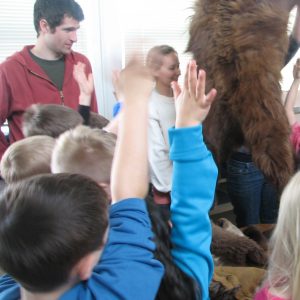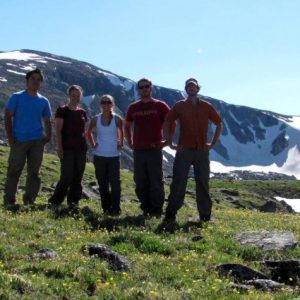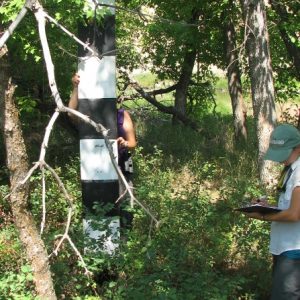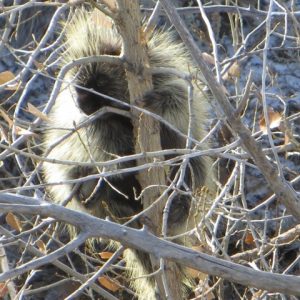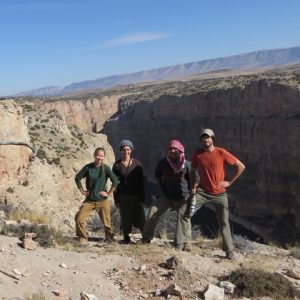The month of December was full of preparation with completing the Seeds of Success Annual Report for 2012 and organizing herbarium voucher specimens from the years 2008 to 2012. After having sent the herbarium specimens to the Smithsonian Institution in Washington, D.C, I have processed and prepared more than 100 duplicate herbarium vouchers to be sent to other Colorado herbaria. This week, I had the wonderful opportunity to visit the University of Colorado at Boulder’s Herbarium where Tim Hogan and Dina Clark are the Botany Collection Managers. I was excited to have the chance to see such an extensive collection of fine and extraordinary plant specimens. Next week, I will be preparing the next collection of specimens to be sent to the Denver Botanic Gardens Herbarium Database.
Darnisha Coverson
BLM (Colorado State Office)




